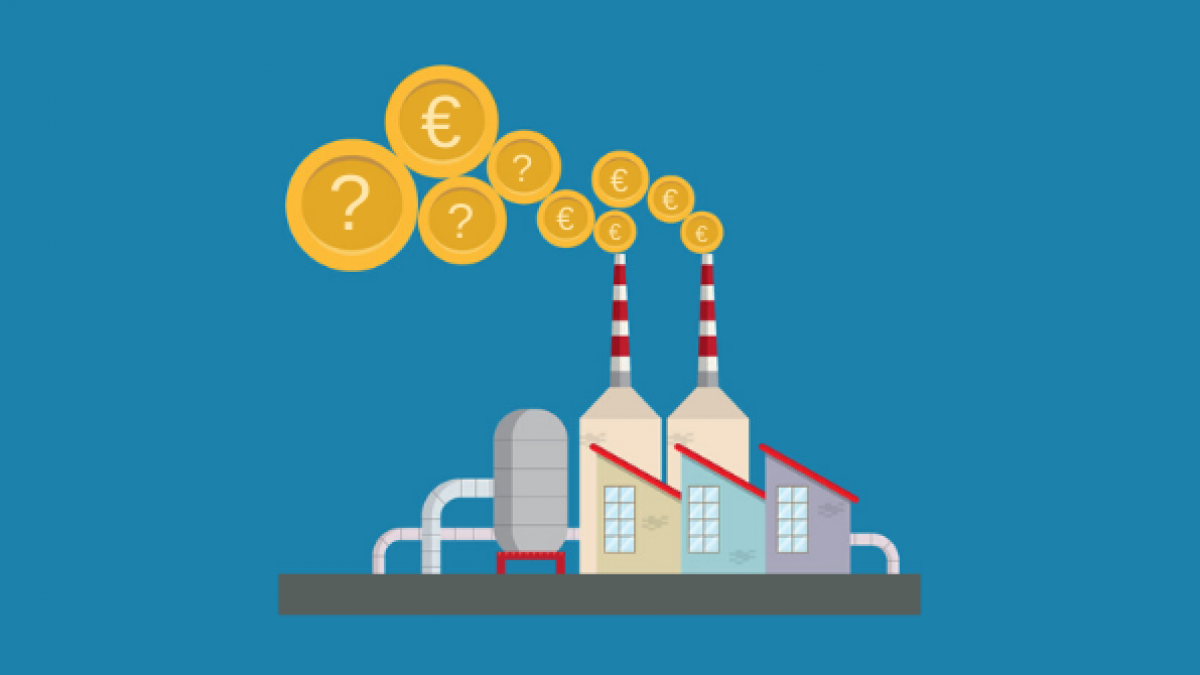INTRODUCTION
The European Green Deal provides a blueprint for transforming climate and environmental difficulties into opportunities across all policy sectors and ensuring that the transition is fair and inclusive for everyone in order to make the EU’s economy sustainable. The European Green Deal offers an action plan with the goals of promoting resource efficiency through the transition to a clean, circular economy, halting climate change, reversing biodiversity loss, and reducing pollution. It describes the financial resources that must be invested in, the financing options available, and how to ensure a fair and equitable transition. All economic sectors, including transportation, energy, agriculture, construction, and industries including steel, cement, ICT, textiles, and chemicals are covered by the European Green Deal. This would lead to a cleaner environment, more cheap energy, smarter transportation, new jobs, and an overall higher standard of living.
This deal states 3 major key figures-The first climate neutral continent by 2050, at least 55% less net greenhouse gas emissions by 2030 in comparison to 1990 levels and 3 billion additional trees to be planted in the European Union by 2030.The new growth strategy for the EU to move the EU economy towards a sustainable economic model is the EU Green Deal. The Fit for 55 package is a bundle of measures to modify and update EU legislation as well as to put new initiatives into place with the purpose of ensuring that EU policies are in accordance with the climate targets agreed upon by the Council and the European Parliament.By 2030, the EU hopes to have cut net greenhouse gas emissions by at least 55%. The proposed package tries to align EU law with the 2030 objective, published on 14 July 2021.CBAM is an essential element to the “Fit for 55 pa Theckage”.
The European Union (EU) Commission launched the Carbon Border Adjustment Mechanism (CBAM) as part of the new policy initiative of the European Green Deal to decrease the risk of carbon leakage and to ensure competitive prices in the European market . CBAM is suggested as one of many policy solutions to help achieve the newly defined 2030 carbon neutrality goal and a 55% decrease in emissions from 1990 levels. The present emissions quota must be significantly reduced in order to meet this increased climate ambition. A European carbon border tax would have an effect on all industrial sectors that depend on imports into the EU, either directly or indirectly, and would affect sourcing choices along whole value chains. Increasingly, CBAM is being examined as a trade policy tool to level the playing field by imposing carbon-based import tariffs on certain items entering the EU. Without the successful execution of a CBAM, the EU would see significant increases in carbon leakage and a fall in exports.
EUROPEAN UNION’S CARBON EMISSION TAX
The carbon border adjustment mechanism (CBAM) is a policy proposal that aims to address the issue of carbon leakage by imposing a fee on imports from countries with weaker climate policies. The CBAM works by requiring importers to purchase carbon certificates to offset the carbon emissions associated with the production of their goods. The cost of these certificates would be based on the price of carbon in the EU emissions trading system.
The CBAM is designed to create a level playing field for domestic producers and to incentivize countries to adopt more ambitious climate policies. By levying a fee on imports that do not meet the same emissions standards as domestic producers, the CBAM can make domestic products more competitive and support jobs in green industries. The CBAM would guarantee that the price of imports more accurately reflects their carbon content, as suggested by the European Green Deal. The goal of this move is to ensure that the Union complies with its international obligations as well as those of the World Trade Organization (WTO).
Mechanisms similar to Carbon Border Adjustment Mechanisms are already implemented in regions around the world, such as California, where certain imports of electricity have adjustments applied on them. Many nations, including Canada and Japan, are preparing comparable initiatives. Additionally, the OECD and IMF have recently conducted research to determine how these actions could aid global efforts to cut greenhouse gas pollution.
The Carbon Border Adjustment Mechanism will be implemented gradually and initially only apply to a specific group of goods at high risk of carbon leakage: iron and steel, cement, fertiliser, aluminium, and electricity generation. This is done to give businesses and other nations legal certainty and stability. With the aim of facilitating a smooth implementation and facilitating communication with third countries, a reporting system will be in place for those goods as of 2023, and importers will begin making a financial adjustment in 2026.
Experts have been debating the notion of a carbon border tax for years. Trading partners often perceive unilateral designs as unfair. It runs the risk of turning into a protectionist tool that unfairly shields domestic sectors from international competition in the name of “green protectionism.”
However, the possibility of “carbon leakage” demanded action by the EU, even if it was unilateral. Carbon Leakage occurs when businesses located in the EU relocate carbon-intensive production to nations with lesser climate regulations than the EU, or when EU products are replaced by more carbon-intensive imports. In the European Union, the EU ETS addresses the danger of carbon leakage. The EU Emission Trading System (EU ETS) restricts CO2 emissions from thousands of sites in the manufacturing and electricity sectors, which must buy permits to emit CO2. Approximately 40% of European Greenhouse Gases (GHG) are currently covered by the EU ETS. In order to reduce overall emissions, a “cap” on the number of emission rights that may be used is set during specific times. Participants purchase or receive emissions allowances that they can sell further within the cap. It is intended to start the transition away from the energy production of conventional fuels, which pollutes industry, transportation, and waste disposal. For cement, electricity, fertiliser, aluminium, iron, and steel, CBAM will construct a “shadow ETS.” This compromises EU and global climate goals, and thus Carbon Border Adjustment Mechanism (CBAM) was proposed.
Click Here To Download The Paper


📌Analysis of Bills and Acts
📌 Summary of Reports from Government Agencies
📌 Analysis of Election Manifestos

